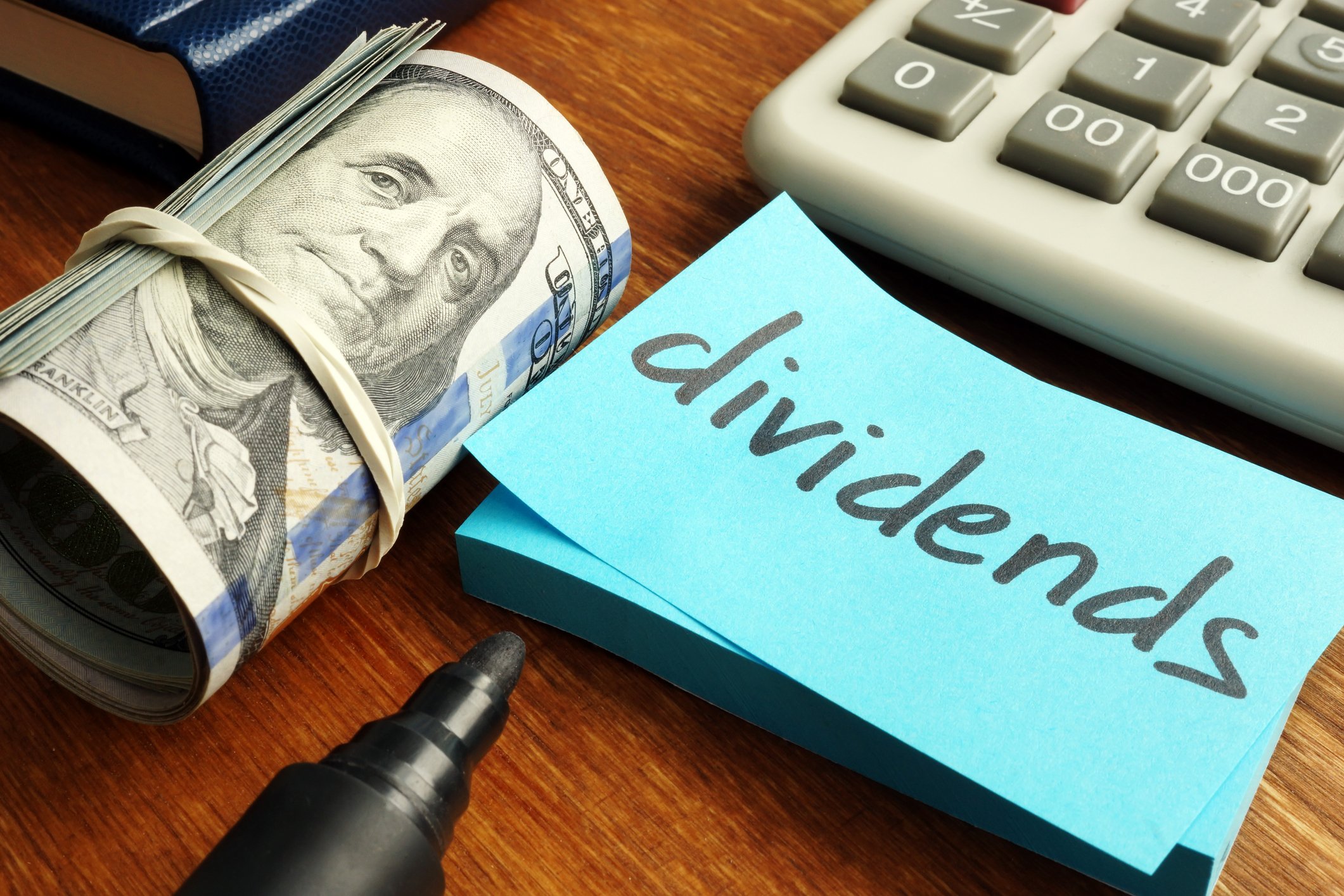While a lot of investors look to lock in their profits and sell when a stock is up sharply, this can be a mistake. After all, if you sell a great business just because the stock is up, you'll miss out on what can be far better returns over the long term. In fact, many times the best thing to do with a stock that's up sharply is to buy it.
In our constant search for top stocks to buy, we tasked three investors with identifying a stock that's up more than 25% so far this year, and dig in to determine if it's still worth buying at the higher price. They came back with Chart Industries, Inc. (GTLS +0.06%), Wayfair Inc. (W +3.19%), and Vail Resorts, Inc. (MTN 2.54%), which have gained 40%, 49%, and 36%, respectively, since the start of the year, trouncing the 4.8% gains by the S&P 500 so far in 2018.

Image source: Getty Images.
But are they buy-worthy today? In typical "winners keep winning" fashion, our three investors said "yes," for all three, while noting that there are some concerns investors should have before diving in. Keep reading to get a better understanding of why these three winning stocks (at least so far this year) could keep beating the market in the years to come.
Chart looks pricey, but a closer look says there's opportunity
Jason Hall (Chart Industries): Trading for 66 times trailing-12-month earnings per share, cryogenic gas processing equipment maker Chart Industries' stock looks very expensive. Chart is more reasonable on a forward valuation basis, trading for between 33 and 38 times full-year EPS, though it's still more expensive than the average S&P 500 stock, which trades for around 24 times trailing earnings and closer to 20 times expected forward earnings.
But even at the current valuation, Chart deserves a closer look. Demand from key industries it supplies, including petrochemicals, natural gas distribution, and biomedical, is growing. In recent years, Chart has streamlined its business, consolidating divisions and facilities to lower expenses while maintaining capability, made multiple acquisitions to expand its scope into new markets, and expanded its service-based offerings to generate a growing stream of predictable revenues across the market cycle.
Add it all up, and Chart is built for bigger sales and profits than at any point in its history, which could make its current price look cheap in a few years. So whether you buy a little now and look to add on a sell-off, or put it on your watchlist and hope to get a better value point down the road, investors shouldn't sleep on Chart's prospects just because the stock is up 40% this year.
Furnishing investors with growth
Daniel Miller (Wayfair): Wayfair shareholders took a beating through the first four months of 2018, before the first-quarter report convinced investors the company was on the right track. After the stock's rebound since May, which has pushed Wayfair up nearly 50% year to date, is the home goods e-commerce company still a buy?
The answer, in my opinion, is yes, if investors accept some volatility as the company battles its way to profitability over the next few years. During the first quarter, revenue jumped 46% and its free cash flow loss narrowed by 31%. Despite those two positive moves, its adjusted per-share loss expanded by 90%. The widening loss was due to building out its international sales operations in the U.K. and Germany.
Despite the widening losses, there was one highlight with its consumer metrics. Active consumers jumped 33%, total orders delivered jumped 40%, and orders from repeat customers jumped 49%. The higher percentage increase in orders placed by repeat customers is huge, and it suggests the company is delivering a quality product on time and persuading consumers to come back without even a loyalty program. Furthermore, advertising expenses grew only 37%, compared with its 46% jump in revenue, suggesting if it keeps returning customers coming at a higher rate, it could spend even less on advertising and still generate strong growth.
Wayfair is up 50% year to date, and that makes some investors hesitate to buy, but the e-commerce retailer's story is far from over. Its profitability will struggle in the near term as it expands internationally, but it's bringing back consumers at a higher clip, improving its cash flow, and rapidly growing its top line -- and for those reasons it still looks like a buy.
Up the mountain
Travis Hoium (Vail Resorts, Inc.): The ski and snowboard business has been struggling with lower volumes the past few years, but you wouldn't know it by the performance of Vail Resorts. The stock is up 34% year to date and 160% over the past three years. A lot of the performance success has been a result of the acquisition of Whistler Blackcomb late in 2016. A bigger asset base allowed the company to provide more value for Epic Pass members and diversify risk in the portfolio.
Having a broader set of resorts and an EPIC Pass that has more value to consumers paid dividends in 2018. Colorado and Western Canada both had a fairly weak snow season, but revenue in the first nine months of fiscal 2018 was up 6% to $1.80 billion, and net income was up 73.2% to $463.6 million. That's outstanding performance in a bad weather year.
Vail's shares aren't cheap, at 31 times 2018's net income guidance of $360 million to $381 million, but the company has a lot of growth options ahead. It continues to buy properties that will increase the value of the Epic Pass and reduce weather-related risk. Places like Vail and Whistler are also becoming great summer attractions, something the company can transition to if winters continue to get shorter.
I like where Vail is positioned in the vacation and entertainment market, and that's why I think the stock is still a buy after a great start to 2018.








